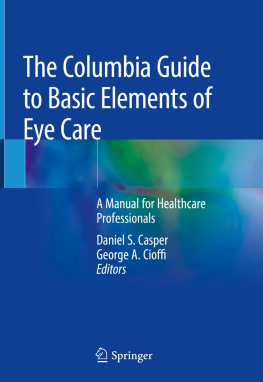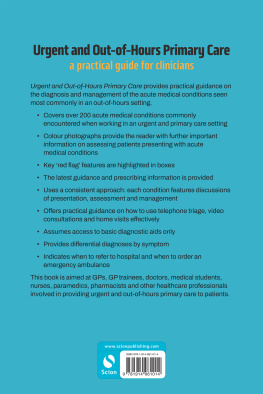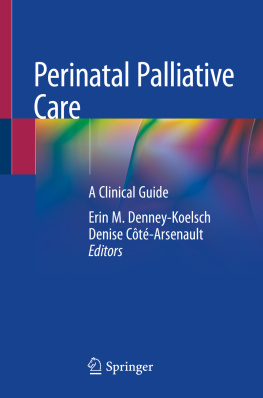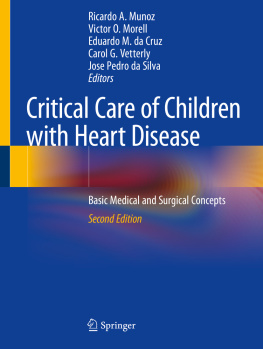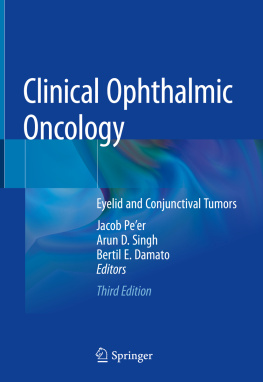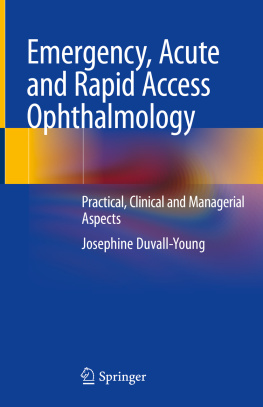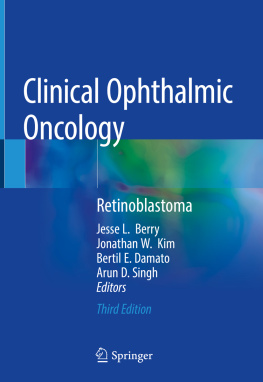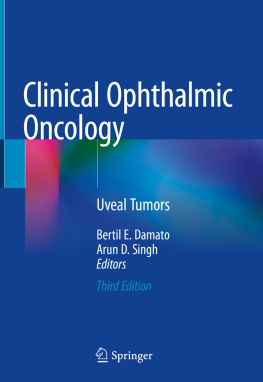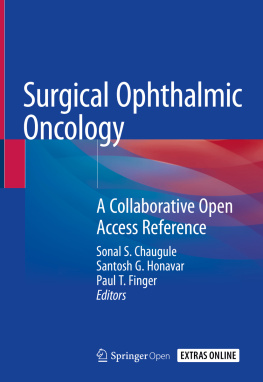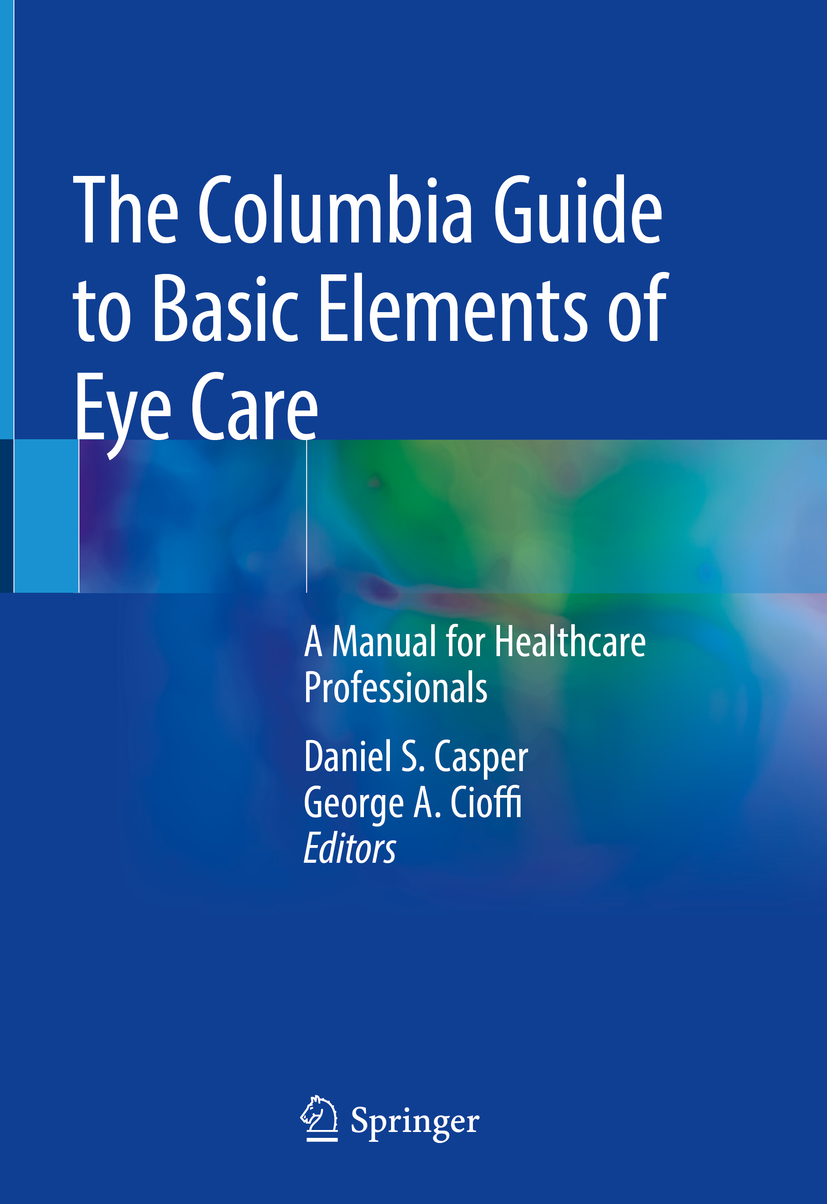Editors
Daniel S. Casper and George A. Cioffi
The Columbia Guide to Basic Elements of Eye Care A Manual for Healthcare Professionals
Illustrated by Daniel S. Casper, MD, PhD
Editors
Daniel S. Casper
Columbia University Irving Medical Center, New York, NY, USA
Department of Ophthalmology, Edward S. Harkness Eye Institute, Columbia University Vagelos College of Physicians and Surgeons, New York, NY, USA
Naomi Berrie Diabetes Center, Columbia University Irving Medical Center, New York, NY, USA
George A. Cioffi
Columbia University Irving Medical Center, New York, NY, USA
Department of Ophthalmology, Edward S. Harkness Eye Institute, Columbia University Vagelos College of Physicians and Surgeons, New York, NY, USA
ISBN 978-3-030-10885-4 e-ISBN 978-3-030-10886-1
https://doi.org/10.1007/978-3-030-10886-1
Springer Nature Switzerland AG 2019
This work is subject to copyright. All rights are reserved by the Publisher, whether the whole or part of the material is concerned, specifically the rights of translation, reprinting, reuse of illustrations, recitation, broadcasting, reproduction on microfilms or in any other physical way, and transmission or information storage and retrieval, electronic adaptation, computer software, or by similar or dissimilar methodology now known or hereafter developed.
The use of general descriptive names, registered names, trademarks, service marks, etc. in this publication does not imply, even in the absence of a specific statement, that such names are exempt from the relevant protective laws and regulations and therefore free for general use.
The publisher, the authors, and the editors are safe to assume that the advice and information in this book are believed to be true and accurate at the date of publication. Neither the publisher nor the authors or the editors give a warranty, expressed or implied, with respect to the material contained herein or for any errors or omissions that may have been made. The publisher remains neutral with regard to jurisdictional claims in published maps and institutional affiliations.
This Springer imprint is published by the registered company Springer Nature Switzerland AG
The registered company address is: Gewerbestrasse 11, 6330 Cham, Switzerland
Dedicated to our families, for their love, support and forbearance.
Foreword
Perhaps no other medical or surgical specialty is as highly differentiated and poorly understood by other physicians as ophthalmology. Ophthalmology is not a required clinical rotation in many medical schools, and even electives in it are often no longer than 1 or 2 weeks. Ophthalmology patients are rarely admitted to hospitals, and the ophthalmologic equipment used for routine examinations requires expertise that other physicians do not have.
Nonetheless, ophthalmological abnormalities, ranging from the bothersome to the serious, to the sight- and even life-threatening, are among the most common problems faced throughout the world. With the aging of the population, disorders of visionincluding glaucoma, cataracts, and macular degenerationare increasing causes of disability. In the developed world, the epidemic of obesity and type 2 diabetes is already leading to an analogous epidemic of diabetic retinal disease. In the developing world, where hypertension has emerged as a leading cause of death and disability, hypertensive eye disease is a growing concern.
The increasing gap between the rising incidence and prevalence of ophthalmological disease and practicing physicians limited understanding of even the basics of ophthalmology highlights the need for a book such as The Columbia Guide . The Columbia Guide emphasizes the common problems that are encountered by non-ophthalmologists, as well as how to diagnose their cause, initiate treatment, and make appropriate referrals to an ophthalmologist. In doing so, The Columbia Guide demystifies the lingo, measurements, abbreviations, drawings, and images that often make the reading of an ophthalmic consultation note impenetrable to the non-ophthalmologist.
The Columbia Guide to Basic Elements of Eye Care: A Manual for Healthcare Professionals is a straightforward, practical, and easy-to-use aid that will help every non-ophthalmologist healthcare provider who encounters patients with eye complaints or potential eye problems.
Lee Goldman
Preface
Recent decades have seen significant modifications in medical education, reminiscent of the changes brought about in the early twentieth century by the Flexner Report . That document introduced groundbreaking changes to physician training, including a national homogenization of curricula and an emphasis on requiring the study of human anatomy, physiology, and biochemistry.
We learned medicine in a structured format that almost universally consisted of 2 years of didactic training in the sciences and pharmacology, followed by 2 years of clinical study, primarily in inpatient hospitals. Ophthalmology residencies were done in eye hospital settings, where surgical patients were typically admitted the night before surgery and often remained as inpatients for a period of days, or even longer, postoperatively.
The changes that have occurred in the practice of, and training in, ophthalmology and all of medicine in the short time since we trained are staggering. Medical school curricula have undergone significant reorganizations, favoring more time devoted to learning clinical arts rather than basic science. In some schools, the result has been the almost complete abandonment of any anatomical training outside of computer-assisted dissection simulations; areas of medicine considered peripheral to primary care or general surgeryophthalmology, otolaryngology, dermatology, and neurologyhave been relegated to elective status. It is possible for a student to finish their medical training with minimal or no exposure to some or all of these disciplines.
Ophthalmology, as well, has undergone dramatic changes. The number of patients currently admitted to hospitals for ophthalmic general care or surgery is vanishingly small, as the field has transitioned almost entirely to an outpatient specialty. In many centers, ophthalmology residents no longer take overnight call in-house, so emergency room staff are required to provide initial care and appropriately triage off-hour cases. Patients admitted to hospital for other medical problems who are followed by interns or hospitalists, and during the course of their hospitalization experience ophthalmic problems, are similarly cared for, initially, by covering non-ophthalmologists. Emergency physicians, pediatricians, family practitioners, internists, hospitalists, neurologists, physician assistants, and nurse practitioners, among others, are routinely asked to evaluate eye pain, visual changes, pink eye, and a host of other ocular complaints. This puts the burden of initial diagnosis, and possibly treatment, on healthcare providers who may have had little or no experience dealing with ophthalmic maladies.
This text is designed to provide a foundation of basic eye anatomy and physiology, functional analysis, pathology, and concepts in eye care. It is not designed to be a comprehensive course in ophthalmology. Rather, it presents basic principles of eye health and disease that will guide the non-ophthalmologist in the evaluation of eye complaints. It provides a framework to appreciate normal versus abnormal, which will help determine when and which patients need referral to an eye care specialist, and to identify which conditions are emergent, urgent, or can be routinely followed. It is hoped that students and practitioners who have limited exposure to ophthalmology find this book useful and that it might prompt them to delve further into this fascinating and all-encompassing area of medical care.

